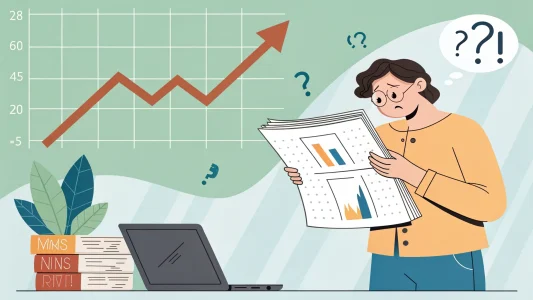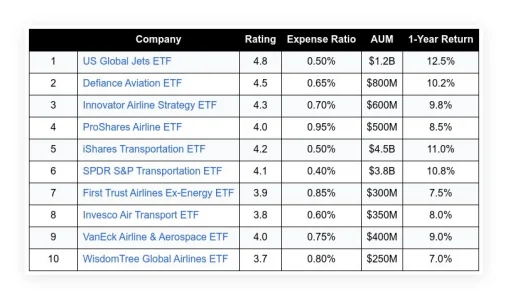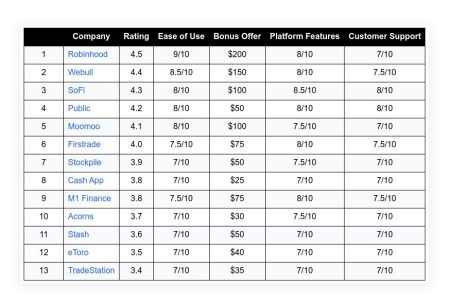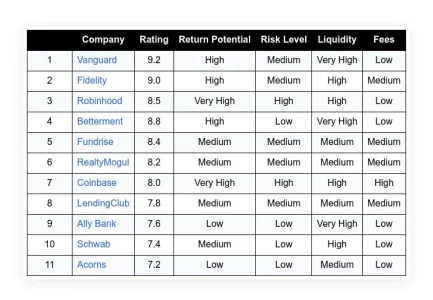As 2023 ends, investors must evaluate their investment strategies and reflect on the performance of stocks throughout the year. Stocks have seen considerable growth, with an overall increase of 20%. However, not every investor has profited from this market boom. Wall Street experts did not foresee this growth, which has led to many holding excessive amounts of cash that could have otherwise been invested in stocks.
This article will examine how Wall Street professionals might attempt to influence the stock market as the year concludes. We will delve into why the market could be swayed in this manner and discuss the potential consequences for investors and clients.
View this post on Instagram
A post shared by Taylor Sohns- CFP®, CIMA®, MBA- Finance (@lifegoalinvestments)
Table of Contents
ToggleWall Street’s Misstep
The strong growth of stocks this year has resulted in many investors reaping substantial returns. Nevertheless, Wall Street professionals mainly were caught off guard, anticipating a recession earlier in the year. Consequently, these firms have been holding large amounts of cash.
There is currently an estimated $5.6 trillion in money market accounts, representing a significant potential for investment. As a result, Wall Street firms have missed out on the 20% increase in stocks, and their clients may feel dissatisfied with the cash level in their portfolios.
The Reason for Market Manipulation
As the year approaches, Wall Street investment managers must present their portfolios to their clients. The last thing they want to disclose is that they were holding large amounts of cash instead of investing in stocks during a year of remarkable growth.
This situation will likely result in dissatisfaction among their clients, who may wonder why their money was not invested in a market that experienced such significant gains.
Window Dressing Explained
To conceal their mistake, Wall Street professionals may attempt to manipulate the market using window dressing. This involves buying any possible market dips and reallocating their cash holdings into stocks before the year ends.
By doing so, they aim to create the appearance of a well-diversified portfolio rather than revealing the excess cash they held. However, this practice is not in their clients’ best interest.
The Downsides of Window Dressing
While window dressing may allow investment managers to present a more attractive end-of-year portfolio, it harms their clients. By indiscriminately buying stocks at the end of the year, clients are potentially exposed to investments with overvalued assets and an unstable economic foundation.
In their haste to improve their portfolios’ appearance, Wall Street firms may be risking their clients by investing in stocks with poor long-term prospects.
Market Outlook Heading into 2022
Due to the expected window dressing by Wall Street professionals, a significant pullback in the stock market before December 31st is unlikely. However, this doesn’t guarantee a secure future.
In 2022, a return to trading based on fundamentals and valuations is anticipated. This shift could lead to a market correction as the current extended valuations and economic uncertainty become more evident.
Conclusion
As 2021 draws to a close, investors should be aware of the potential for market manipulation by Wall Street firms through window dressing. This could lead to short-term market stability, but it’s crucial to recognize the long-term implications and risks associated with these inflated valuations.
Investors should stay vigilant and make informed decisions about their investments, steering clear of the pitfalls of investing based solely on short-term appearances. By staying educated and strategically planning, savvy investors can successfully navigate the ever-changing financial landscape.
Frequently Asked Questions
Why were Wall Street professionals caught off guard by the strong growth of stocks in 2021?
Wall Street professionals were expecting a recession earlier in the year, which led them to hold large amounts of cash instead of investing in stocks. As a result, they missed out on the 20% increase in stocks, leaving their clients potentially dissatisfied with their portfolios.
What is window dressing and why might Wall Street professionals attempt it?
Window dressing is a technique that involves buying market dips and reallocating cash holdings into stocks before the year ends, in order to create the appearance of a well-diversified portfolio. Wall Street professionals may attempt this to avoid disclosing the excess cash they held to their clients and to present a more attractive end-of-year portfolio.
What are the downsides of window dressing?
Window dressing can ultimately harm clients because, in their haste to improve their portfolios’ appearance, Wall Street firms may buy stocks indiscriminately, potentially exposing clients to investments with overvalued assets and an unstable economic foundation. This practice may put clients at risk by investing in stocks with poor long-term prospects.
What is the market outlook heading into 2022?
A significant pullback in the stock market before December 31st is unlikely due to the expected window dressing by Wall Street professionals. However, this doesn’t guarantee a secure future. In 2022, a return to trading based on fundamentals and valuations is anticipated, potentially leading to a market correction as extended valuations and economic uncertainty become more evident.
How can investors navigate the potential pitfalls of market manipulation?
Investors should stay vigilant and make informed decisions about their investments, aware of the potential for market manipulation through window dressing. It’s crucial to recognize the long-term implications and risks associated with inflated valuations. Savvy investors can successfully navigate the ever-changing financial landscape by staying educated and strategically planning.

















